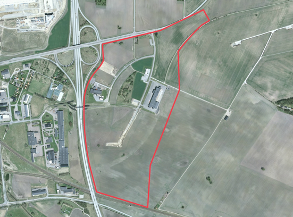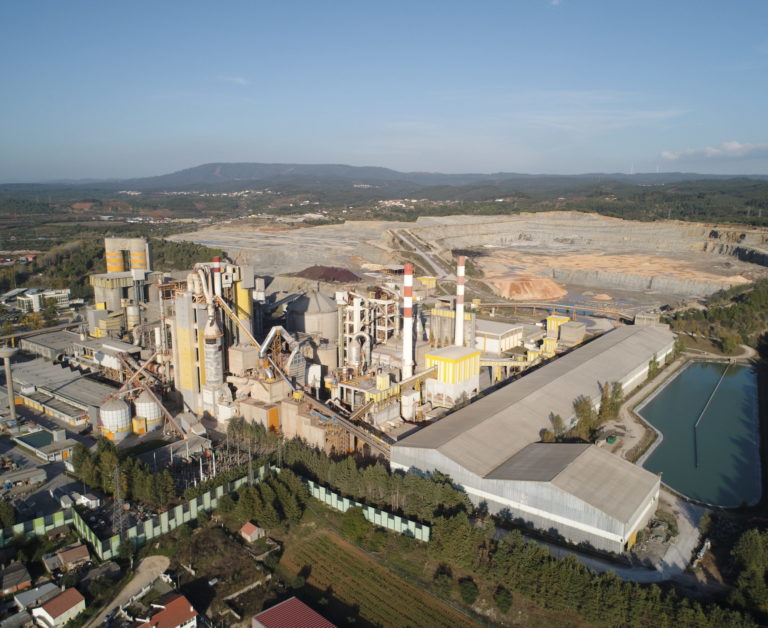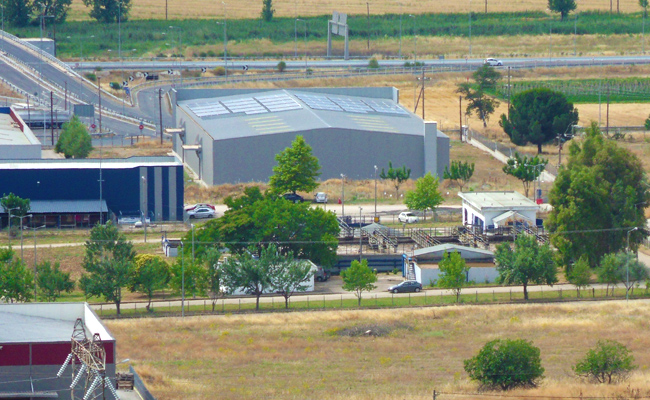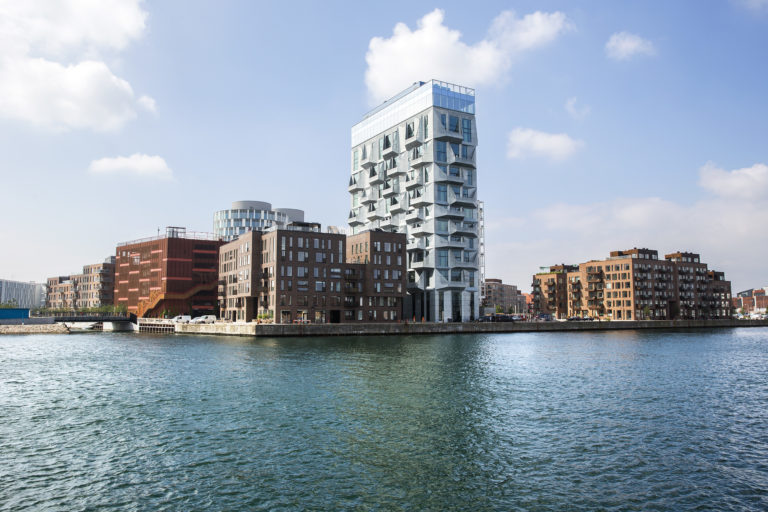EMB3Rs CASE STUDIES
Process resource and energy intensive industries (REII) – Cement production in Souselas, Portugal
In this case study, cost-effective options for the recovery and use of excess heat from a cement plant in Souselas will be analysed. The Portuguese cement company CIMPOR-Indústria de Cimentos will lead this case-study. It is interested in testing several different scenarios of excess Heat and Cold (HC) recovery and use, either in the existing internal processes inside the plant (e.g., waste heat recovery for power generation, heating) or other potential uses in the vicinity of the plant.
This case-study includes a preliminary analysis of resource flows that will be carried out by Emerson in order to identify the points along the production chain with the highest potential for improvement in combined material and energy efficiency. This preliminary analysis will identify possibilities of energy efficiency increases and, at the same time, the processes for which heat recovery should take place.
CIMPOR-Indústria de Cimentos, SA estimates that the application of the tool at their site may lead to a reduction of electric energy inputs and indirect CO2 emissions, using as reference the amount of electricity that the plant is capable of generating from excess heat. The possibility of using excess heat for alternative fuels drying (e.g., sewage sludge from water treatment plant), district heating, and supply to other industries or even energy storage, will also be studied.
Process REII – Metal casting in UK
This case involves the analysis of cost-effective options for the recovery and use of excess heat from a metal casting company in the UK, supported by UoW. The company’s main interest is the conversion of heat to electricity, but other scenarios will also be tested, depending on the presence of compatible users within the vicinity of the plant. The case study will then lead to the development of the business plan which UoW will write with support from partner adelphi.
The procedure described for the cement production case-study above will be replicated here.
Heat-exchange within an industrial park in Greece
This task will be led by the Centre for Renewable Energy Sources and Savings (CRES) in Greece, supported by ETVA, the industrial park management entity, and other EMB3Rs partners (INEGI, e-think and adelphi). ETVA will contribute to the collection of relevant energy and economic data and industrial stakeholder engagement.
This case-study will assess the performance of the new EMB3Rs platform to model two main use scenarios for the excess heat recovered within an industrial park:
1) Distribution of low temperature industrial excess heat (185°C <T< 285°C) of significant flow, to be used in nearby industries with similar heat temperature demand;
2) The supply of heat recovered from industrial waste hot water (low temperature; <80°C) to a DHC network at about 5-10 km distance. The analysis should assess the cost benefit of integrating a hybrid Renewable Energy Supply (RES) system to produce electricity. The surplus of energy, produced by the medium-sized photovoltaic station and/or small power wind park, will be converted into thermal energy and then stored into a central storage tank (buffer tank), to supply the residential DHC network.
REII Waste heat supply to residential and commercial DHC network of Parque das Nações in Lisbon
This case-study will be led by Climaespaço, supported by INEGI, e-think and adelphi. The current District Heat Cold (DHC) network of Parque das Nações in Lisbon uses natural gas as primary energy, providing heat, cold and electricity via a trigeneration power generation unit. INEGI will assist Climaespaço in modelling the current DHC system using the EMB3Rs platform. Climaespaço will use the platform to test the feasibility of adding additional sources of heat to the network. This task will simulate the use of excess heat, potentially supplied by a waste incinerator and/or industrial facilities located nearby to assess the existing waste heat sources, the technical and economic feasibility of the connection and the match between supply and demand. Scenarios with heat storage will also be assessed.
Climaespaço estimates that the tool will aid in achieving the target of a 50% reduction in the use of natural gas in the DHC network, leading to a reduction in 80 GWh/year in energy use and 15000 ton/year in CO2 emissions. This would require investments in the order of 8 to 10 M€.
Analysing excess heat potentials in different scenarios in Sweden
This case-study is led by Lund University (LU), in collaboration with Landskrona Energi. The company is currently considering several cases for expansion of the network by including new suppliers as e.g. the planned industrial park “Krona”. This case-study is interesting from the point of view of having many different types of users (multi-sectoral) but also for the diversity of technological options of energy conversion/transfer at point of recovery and/or point of use.
The case involves modelling and analysis of the current network, to validate the tool as well as using the tool to search for new business opportunities to increase the recovery and use of excess heat, such as increasing the amount of thermal storage in the system, on the supply as well as the demand side.
The EMB3Rs platform will improve knowledge on possibilities in integrating various industrial excess heat into district heating systems in Sweden, where the district heating market is highly mature. LU will apply the EMB3Rs tool for analysing excess heat potentials in different scenarios in collaboration with Landskrona Energi. Furthermore, the platform is expected to enrich teaching activities concerning district heating with new know-how and competences.
Read more: Finding new players in an old market: the energy potential of a Swedish case study

Innovative Business Models: Residential DH network with P2P market structure
Objective of this case study is to determine optimal synergies of HC and electricity within the district heat (DH) grid at Copenhagen’s Nordhavn district (EnergyLab Nordhavn). To reach this a peer-to-peer (P2P) market structure will be applied.
DTU together with INESCTEC and adelphi will test the EMB3Rs platform with 30 residential electricity and heat consumers connected to the DH grid at Copenhagen’s Nordhavn district (EnergyLab Nordhavn). Smart meters in apartments of different residential buildings deliver the data on the daily electricity consumption. Representative data from the industrial partners regarding excess HC, to be used directly as heat (in DH or as process heat) and for electricity production, will be considered. The solar energy and electric battery of the Copenhagen International School, situated within the EnergyLab Nordhavn, will be taken into account as well.
The EMB3Rs platform can show the cost-benefit of consuming locally generated surplus heat, with potential cost saving provided to the energy community in Nordhavn.
Overall Platform Functionalities in Super-User Mode
This case-study will be led by ADENE, with the support of INEGI and TU Wien. The goal is to use ADENE’s databases on demand and supply, via the national energy certification system for buildings and industries. These datasets will be used to identify the characteristics of the demand and synergies between heat/cold donors and users. The expectation is that analysis at this level will help guide policies for energy efficiency and greenhouse gas emission reductions at national level.





